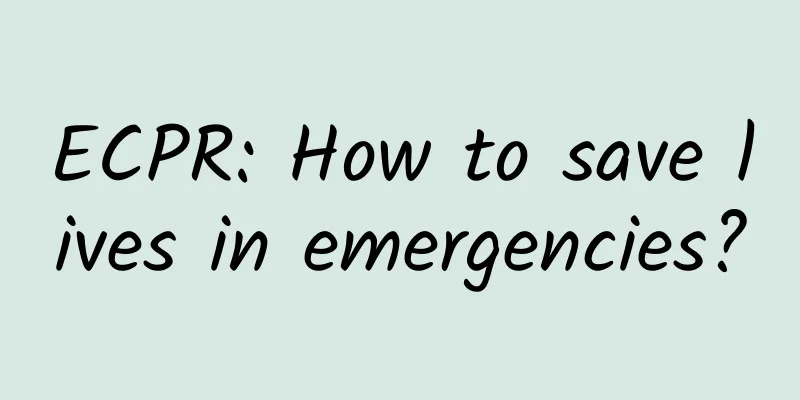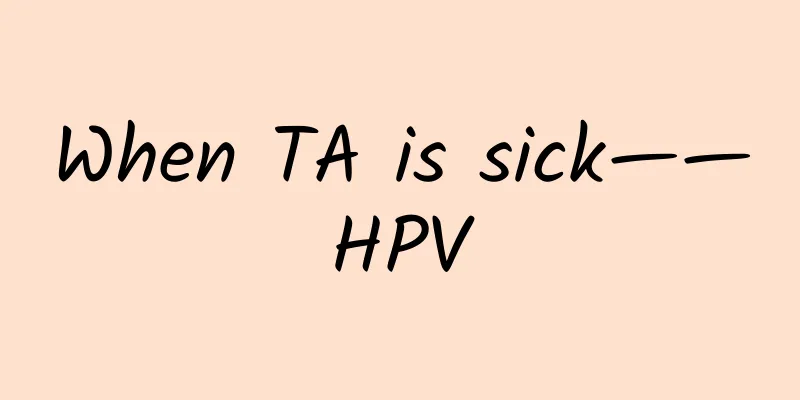ECPR: How to save lives in emergencies?

|
ECPR: How to save lives in emergencies? According to reports: On February 24, a 16-year-old girl was rushed to the Binhu Campus of Hefei First People's Hospital due to fulminant myocarditis. During the rescue, the girl suffered a sudden cardiac arrest and her life was hanging by a thread. At the critical moment, the medical staff used ECPR to resuscitate the girl and finally saved her life. On March 2, the girl successfully completed the ECMO removal and was out of danger. What is extracorporeal cardiopulmonary resuscitation Extracorporeal cardiopulmonary resuscitation is a rescue measure for patients with refractory cardiac arrest caused by reversible causes, which can increase the survival rate to 30%. This is a treatment method used to restore end-stage organ perfusion in patients with refractory cardiac arrest who are receiving cardiopulmonary resuscitation. It refers to the technology of quickly implementing extracorporeal circulation support (ECMO) to provide temporary circulation and oxygenation support for patients who cannot restore their spontaneous heart rate after traditional cardiopulmonary resuscitation or who cannot maintain their spontaneous heart rate after repeated cardiac arrest, provided that the potential and reversible causes can be eliminated. What is the ECPR principle? CPR and ECPR have an extra "E" compared to CPR, which stands for Extracorporeal Membrane Oxygenation. ECMO draws venous blood out of the body through a centrifugal pump, oxygenates it through a membrane, and then pumps the blood into the body's arterial system, thereby replacing the function of our heart pump and the oxygenation function of the lungs, which is commonly known as an artificial heart and artificial lungs. It mainly maintains the patient's life by establishing extracorporeal circulation. On the one hand, ECMO can take on the task of ventilation, improve the patient's lung function, and allow the lungs that have difficulty taking on the task of breathing to rest temporarily. On the other hand, when the patient's heart function is damaged, the blood pump can also replace the heart's blood transfusion function to maintain blood circulation. Advantages of ECPR Cardiopulmonary resuscitation (CPR) is the basic means of treating cardiac arrest (CA), but about 50% of patients still cannot restore spontaneous circulation. In comparison, extracorporeal cardiopulmonary resuscitation (ECPR) has certain advantages. Up to 95% of patients can restore spontaneous circulation, and the survival rate after discharge and the rate of good neurological recovery of discharged patients have been significantly improved. ECPR technology has developed rapidly, and its indications are becoming more and more extensive. For specific patients who have suffered cardiac arrest and the cause of cardiac arrest is suspected to be reversible, if there are conditions for rapid intervention, extracorporeal cardiopulmonary resuscitation can be considered to replace traditional cardiopulmonary resuscitation treatment. Venoarterial extracorporeal membrane oxygenation has been widely used in refractory cardiac arrest. Future Use of ECPR ECPR is a very important and clinically feasible treatment measure for CA patients who have failed CCPR. The indications for ECPR need to be strictly mastered, and the implementation of this technology depends on comprehensive and technically skilled teamwork. The time window from CA to the start of ECMO is the decisive factor in the prognosis of ECPR. It is also crucial to identify the cause and carry out targeted treatment during ECPR maintenance. In the future, further research is needed to clarify the role and status of ECPR in the treatment of CA. I believe that ECPR will have a broader application prospect. As my country's economic level improves, people's demand for health care is increasing. I believe that with the development of technology and the reserve of talents, ECPR technology will become more and more mature under the joint collaboration of multiple disciplines, and will bring good news to more critically ill patients. |
<<: Abnormal menstruation under 40? It may be a warning sign of premature ovarian failure
>>: Breathing and rhythm in middle and long distance running
Recommend
Is it normal to have too much vaginal discharge after menstruation?
Every girl has to go through a few days of sadnes...
How to adjust after miscarriage? Pay attention to a reasonable diet
A woman's body is relatively weak after misca...
How to increase estrogen in girls
Low estrogen levels in women are very detrimental...
What should pregnant women do if they eat some barley?
We know about coix seed and it has great effects....
Calluses, corns, warts, thorns, and styes, can you really tell them apart?
You may have heard of calluses and corns, but do ...
Premenstrual abdominal pain
Before menstruation, many women will experience s...
What to do if pregnant women have gestational hypertension
Do you know that women will always experience var...
How healthy is quinoa that something so unpalatable can become so popular?
In the eyes of many people, food is divided into ...
How to remove caesarean section scars
More and more women are choosing cesarean section...
Is it normal to have my period delayed for two days?
Generally speaking, a two-day delay in menstruati...
How long after biochemistry can you get pregnant
I don’t know if you have heard of biochemical pre...
What causes pain in the left breast of a woman?
If a girl finds pain in her left chest, she must ...
Is it normal to bleed the next day after a medical abortion?
Medical abortion is a type of artificial abortion...
How to regulate women's qi and blood deficiency
Female friends often encounter the situation of i...
What are pubic lice?
Pubic lice are a type of flea that lives in pubic...









